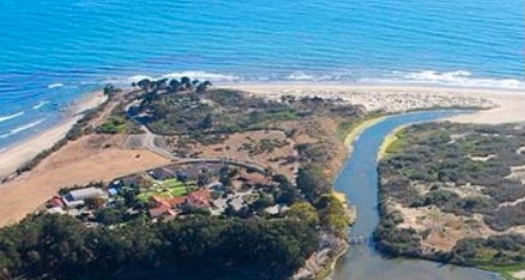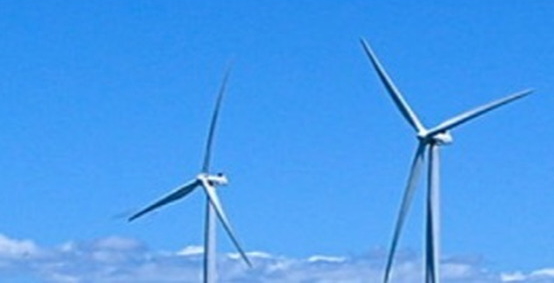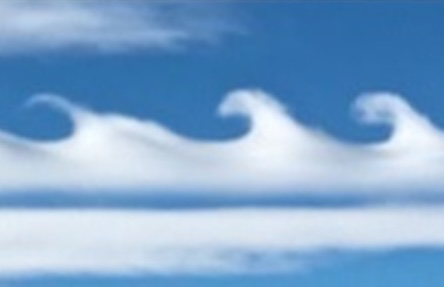Computing Fundamentals for Engineers ENME 202 / ENAE 202
This course provides an introduction to computer programming for engineers using MATLAB and Python programming languages. Students will learn and apply fundamental programming concepts in both languages and build foundational coding knowledge necessary for the development of computer programs to solve a range of engineering problems.





